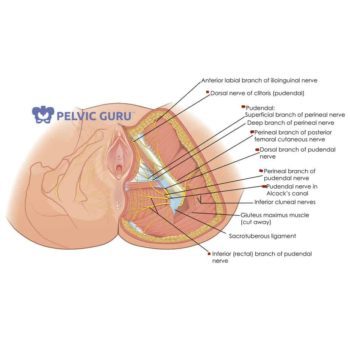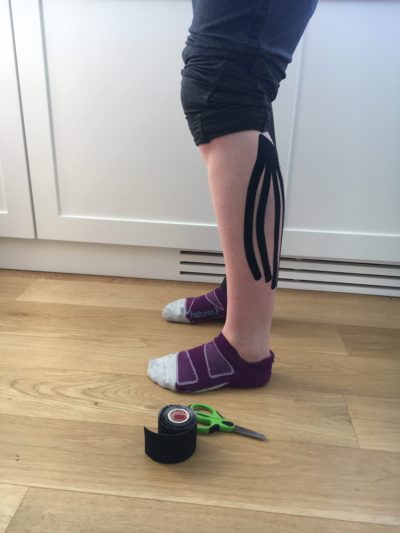What is Telehealth Physical Therapy (PT)?

Simply put, telehealth PT refers to physical therapy services that are provided remotely through a technology platform rather than in person. You can recognize it by different names as well: virtual PT, telerehab, telemedicine, etc.
While telehealth services are not new, they have rapidly expanded and evolved over the past few months in response to the COVID-19 pandemic, with state and federal mandates and provider policies changing daily. The American Physical Therapy Association has been a long-time advocate for physical therapists providing services through telecommunications. And for good reason, as recent studies demonstrate that telehealth PT is cost-effective and increases access to care.
The Benefits
Telehealth physical therapy is convenient. Perhaps you can only attend a few PT sessions or have difficulty with transportation. Virtual visits improve access to care and accommodate for the unplanned roadblocks that often make it difficult for patients to get therapy. This ultimately provides consistency throughout the duration of treatment, ensuring optimal recovery.
In some cases, telehealth PT can lead to immediate care by decreasing the wait time before being treated or by eliminating the need to be seen by a referring physician. Either way, the sooner you are treated, the sooner you are on your way to feeling better.
With a large number of people observing stay-at-home orders, telehealth PT provides access to care that may otherwise not be available. Current evidence demonstrates the associated benefits of telerehab:
- Improved access to care
- Potential for cost-savings
- Improved outcomes
- Higher patient satisfaction
The Drawbacks
The obvious drawback to virtual PT is the lack of physical human connection, which limits the ability of the therapist to perform a full evaluation and excludes manual therapy as a treatment option. This can be a dealbreaker for some, including patients or their providers. There are additional limitations to consider before deciding if telehealth PT is the right fit:
- Technology limitations
- Security, privacy, and confidentiality concerns
- Reimbursement issues
- Patient and provider preferences
Focus on Function
You might be wondering how physical therapy works without the “physical touch” aspect.
PTs focus on function to achieve optimal recovery. We help you get back to the activities you love doing or the activities that you need to be able to do.
Examples of functional activities:
- Walking, standing, sitting, running
- Bending, lifting, squatting, carrying
- Recreational sports, exercise, dance
- Playing or engaging with your family
- Performing housework
- Bowel, bladder, sexual function
Our primary tool is education. We empower patients by helping them understand the nature and science of pain, identify essential lifestyle and behavior modifications, and establish new pain-free movement patterns. Therapists construct a plan of care based on a patient’s history along with deficits identified during movement analysis. Although manual therapies and hands-on assessments can be valuable, they are just some of the tools in our expansive toolbox.
Movement Experts
Physical therapists are movement and musculoskeletal experts. Many PT students enter graduate school with a degree in Exercise Physiology. Your PT is likely an anatomy nerd who ended up as a rehab professional through their love of exercise and movement. Physical therapists will spend approximately 200 hours dedicated to gross anatomy study during their doctoral training, which typically includes a cadaver dissection component, and often opt for additional study through postdoctoral training or continuing education programs.
Telehealth provides an opportunity for your PT to assess you in your home environment and to analyze form and function in real life situations. Although you may be able to perform a movement or exercise perfectly in a clinical setting, you may have difficulty transferring that task to real life situations. We get to see you in your space. This allows us to provide:
- Ergonomic & postural assessment
- Movement analysis for functional activities in the home
- Instructions for planning, setting up, and performing home exercise programs
Telehealth Enhances the Therapy Experience
Telehealth is an invaluable tool for education. Most therapy professionals are currently incorporating aspects into their treatment plans by using electronic home exercise programs or patient education videos. A combination of telehealth and in-person visits may be optimal. Patients and providers should consider an individualized approach when determining a plan for care.
How should you prepare for your virtual visit?

- Devices: Be sure to have your device fully charged and a good internet connection. Choose a well-lit, quiet space that will allow you and your therapist to see and hear each other clearly. Also consider utilizing accessories that enable you to move freely, like a kickstand for your tablet or phone and a bluetooth headset.
- Plan your time wisely: Set up your space prior to your session. This means gathering any exercise equipment you may need and making sure you have enough room.
- Commit to the session: Make sure you plan for uninterrupted time for your therapy session. We enjoy meeting your spouses, children, and pets, but to obtain the full benefit of your session, try to find a quiet space that will allow you to fully attend to the matter at hand.
References
American Physical Therapy Association. (2020, May). Telehealth. APTA. Retrieved May 20th, 2020, from https://www.apta.org/telehealth/
American Physical Therapy Association. (2020). INCREASING ACCESS TO PHYSICAL THERAPIST SERVICES: RESEARCH ON TELEREHABILITATION [Research-on-Telehealth.PDF]. APTA. Retrieved May 20th, 2020, from https://www.apta.org/uploadedFiles/APTAorg/Practice_and_Patient_Care/Patient_Care/Technology/Telehealth/Research-on-Telehealth.pdf







